It may seem like a strange problem to encounter. Why would anyone make a fake donation to a charity or political campaign? Put another way, what is there to gain from making a charitable donation using a stolen payment method? As strange as it sounds, this happens frequently and can be a real headache for the organizations involved.
The reason why people make charitable donations using stolen cards is both simple and devious. First, charity websites are usually easy targets. These are not online stores and typically lack many of the security features involved in other online purchases. As a result, these sites become a very convenient place to test stolen cards.
The trick works like this. A batch of credit card numbers are stolen. Many of them will be canceled almost immediately. The trick is then determining which cards are still viable. The only way to do that is by completing a purchase. So as not to raise too much suspicion, these purchases are usually very small, about $5-20 in total.
Charities in particular are susceptible because the original card holder is less likely to report an unexplained $5 donation to a local charity, even if they are suspicious. The harm to the organization being targeted is not so much the money involved but the reputation for mishandling donor information and being vulnerable to fraudulent charges.
The best way to handle this problem is through free, state-of-the-art tracking software. Raise The Money processes your contributions and provides you with clear records of every transaction that occurs. If you notice batches of odd donations in low denominations, often in odd increments like $5.67, tell someone. Following up on a suspected fake donations can save more than a few bucks. It can save your reputation and the eventual success of your organization.
